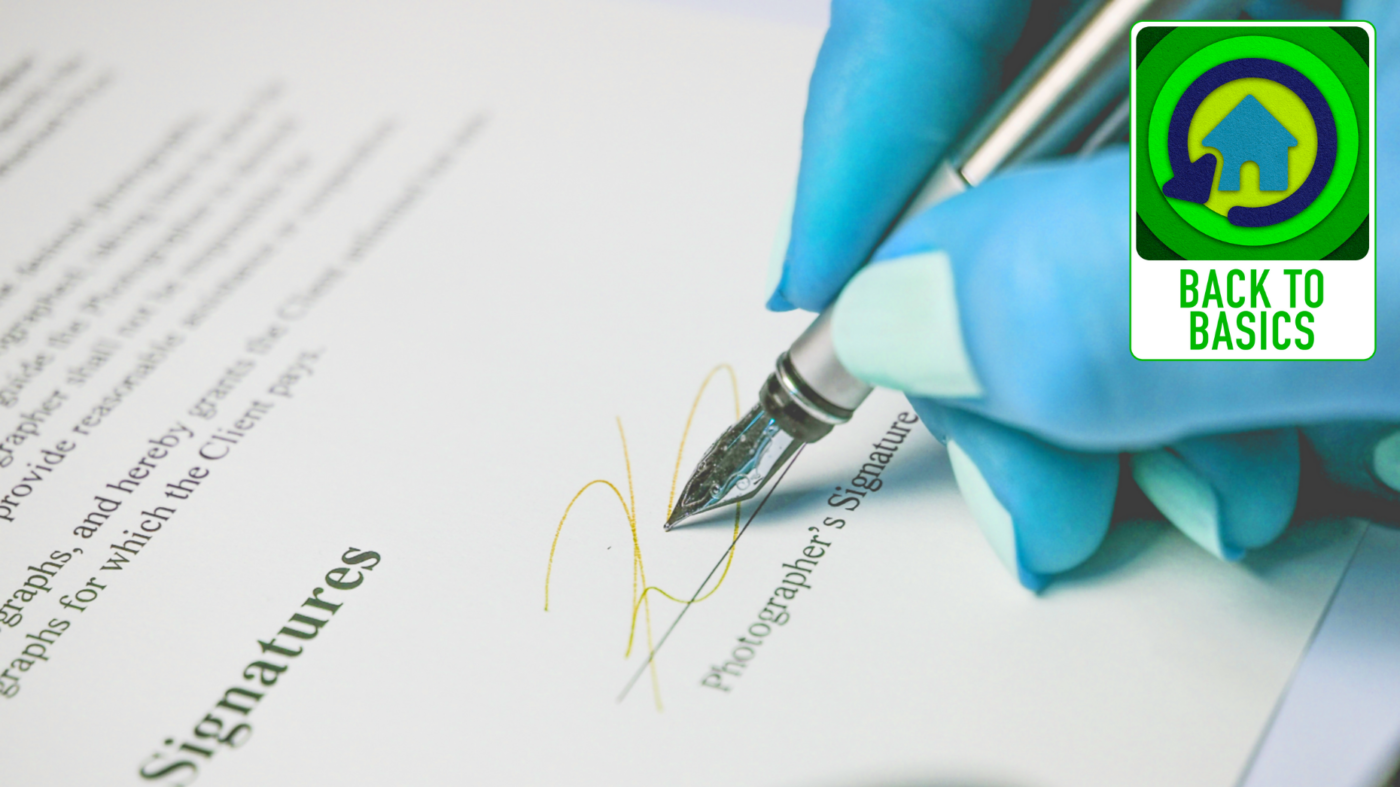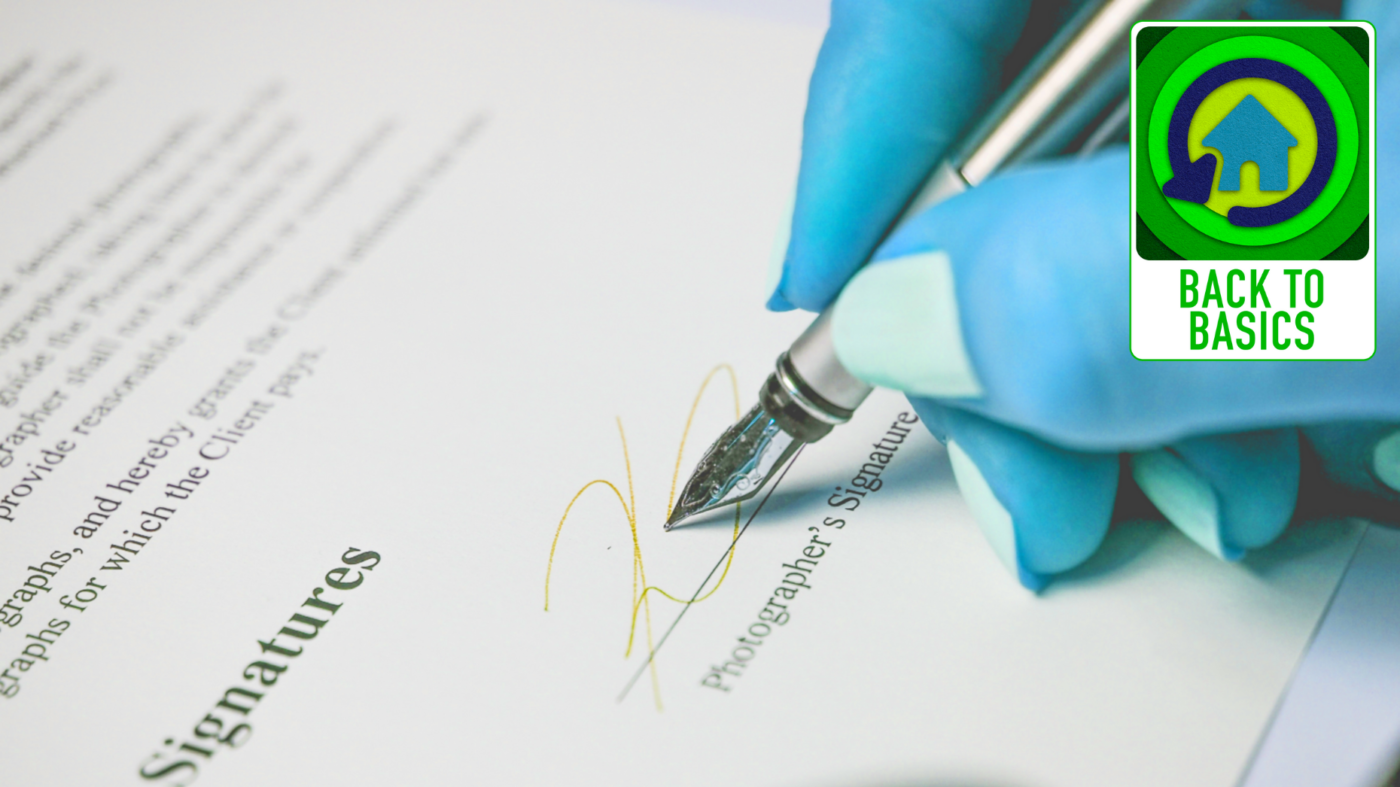5 Tips to Perfect Your Paperwork Every Time

If you're someone who deals with a lot of paperwork, you know how daunting and overwhelming it can get. But with the right strategies, organizing and managing your documents doesn't have to be a headache. Here are 5 tips to perfect your paperwork every time, ensuring efficiency, accuracy, and a stress-free experience:
1. Categorize and Label Your Documents


The first step to perfecting your paperwork is to organize it. Start by categorizing your documents into clear groups. Here’s how:
- By Type: Separate bills, official documents, personal letters, and more.
- By Date: Organize documents into yearly, monthly, or weekly folders.
- By Project or Client: If you’re working on multiple projects or with different clients, categorize by project or client name.
Use clear, descriptive labels for your files or folders. A well-labeled file system not only helps in locating documents but also reduces the time spent searching for them.
2. Implement a Color-Coding System

Color-coding can visually streamline your document management:
- Use different colors for different categories (e.g., blue for financials, red for urgent tasks).
- Ensure the color system is intuitive to you, allowing for quick identification at a glance.
This visual cue system can significantly reduce errors, speed up filing, and retrieval processes.
3. Use Digital Tools for Efficiency

In today’s digital age, there’s no shortage of tools to help with paperwork:
- Digital Filing: Use software like Dropbox, Google Drive, or OneDrive to create virtual folders and subfolders.
- Automate: Set up automatic email sorting rules or use document management software with OCR capabilities.
- Backups: Ensure your digital documents are backed up to avoid loss.
Embracing technology not only saves physical space but also makes your documents searchable, secure, and shareable with a few clicks.
4. Keep a Consistent Filing System

Consistency is key to maintaining an effective filing system:
- Use Standard Naming Conventions: Follow a set format for file names, dates, or document titles.
- Regular Maintenance: Dedicate time each week to update, clean, or reorganize your files.
- Archive: Move documents that are no longer in active use into an archive system, whether physical or digital.
Consistency reduces confusion and makes it easier for you or others to understand your system, saving time in the long run.
5. Review and Shred Unnecessary Documents

Over time, documents accumulate that you no longer need:
- Set a schedule to periodically review your documents.
- Identify which papers can be safely shredded or disposed of.
- Remember to shred sensitive information to protect against identity theft.
This practice not only declutters your space but also helps in maintaining an efficient workflow by keeping only relevant documents on hand.
Organizing your paperwork might seem like a chore, but with these strategies, you can streamline your process. Remember:
✨ Note: Your system should evolve with your needs; what works now might need tweaking in the future as your paperwork evolves.
In summary, perfecting your paperwork involves a combination of organization, technology, consistency, and vigilance in reviewing your files. By categorizing, color-coding, leveraging digital tools, maintaining a consistent system, and regularly decluttering, you can transform the way you handle documents, making your work life smoother and more efficient.
How often should I organize my documents?

+
It’s beneficial to organize your documents at least once a week or as needed when there’s a significant influx of new paperwork.
What do I do if I have documents in both physical and digital formats?

+
Maintain both systems if necessary, but ensure the digital system is your primary access point for ease of search. Regularly scan important physical documents to keep digital backups.
How can I manage sensitive documents?

+
Use secure storage solutions, encrypt digital files, and shred physical documents when they are no longer needed. Consider using password-protected folders or services like LastPass for sensitive data.